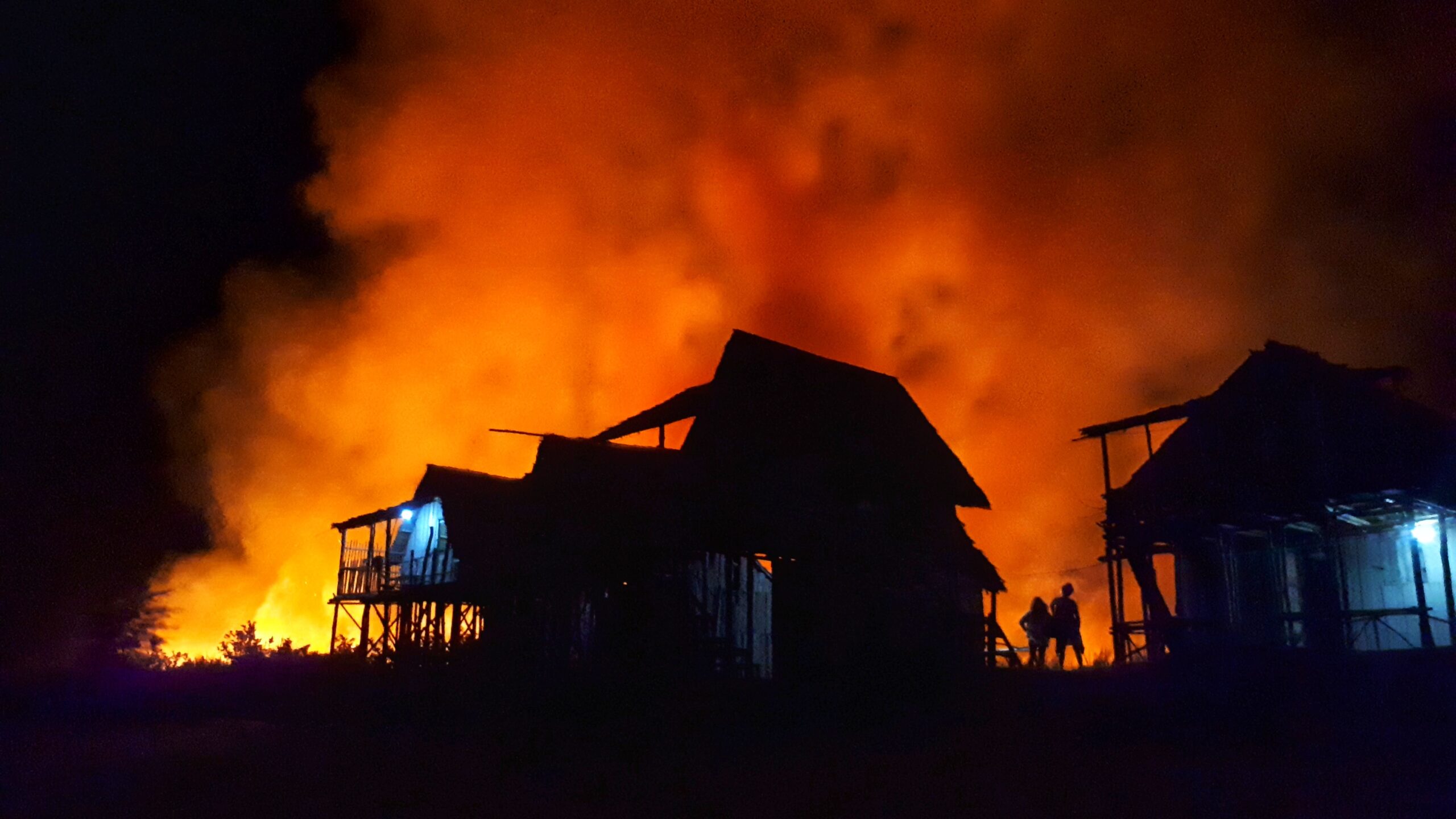After the Marshall Fire tore through entire neighborhoods in Superior and Louisville, many people are worried about their home insurance. There have been countless reports of families whose home insurance was too low to rebuild their home. Not only did they lose their home, their belongings, and their sense of normalcy, now they are frantically trying to figure out how they will afford to rebuild.
That raises the question, how do you know if you have enough coverage? After all, you pay for insurance so you can be made whole again if disaster strikes. And what good is a policy that leaves you with only half a home after a fire?
How much home insurance is enough?
Many homeowners are concerned when the dwelling limit is lower than the amount they could sell their home for. Remember, an insurance company is never going to sell your home, just rebuild it. You should insure your home for the amount it would cost to rebuild your home. Not what the real estate market estimates it is worth.
How do you know if you have enough home insurance?
Insurance companies use a Replacement Cost Estimator (RCE) to determine the estimated cost to rebuild a home in the event of a total loss. When filling out the RCE, we can get very specific with the details in the home.
The RCE will factor in things like square footage, the foundation (basement, slab, etc.), the number of bathrooms, and the finishes in the home, like flooring, counters and cabinets. For homes with higher end finishes, we can go even more in-depth. We can input the light fixtures, crown or base molding, and special features like theatre rooms, built-in speakers, wet bars, and wine cellars.
That being said, the RCE is only an estimate and the costs of labor and materials are constantly changing. The actual cost to rebuild your home may even change over an annual policy term. For example, when COVID-19 hit, the cost of lumber skyrocketed. So it now costs more to rebuild a home than it did before the pandemic.
To account for inflation and increasing construction costs, we recommend Extended Dwelling Coverage. Extended Dwelling Coverage provides an additional percentage of your dwelling limit. It’s usually either an extra 25% or 50% (some carriers even offer 100%), which can extend if there is a loss.
Example: Your dwelling limit is $300,000 and you have 50% of Extended Dwelling Coverage. If there was a significant loss to your home you’d have up to an extra $150,000 to cover any costs that exceed your $300,000 dwelling limit.
Your home has to be correctly insured for the Extended Dwelling Coverage to extend. You can’t underinsure your home and then count on the additional percentage of coverage to fill that gap. That’s why it’s important to notify your agent if you make any significant changes to the home. If you finish the basement or upgrade your kitchen or bathroom, you need to update the RCE.
Debris removal is a cost that people often overlook.
Most policies include coverage to remove the debris after a loss. The cost of debris removal can be significant.
Many counties have an ordinance that requires demolition when a certain percentage of the home is damaged, usually 60% or more. So even if there are parts that are salvageable, the whole thing might need to be rebuilt. In cases like this, your dwelling value isn’t only covering the rebuilding of your home. It’s also covering the demolition of the undamaged portion of your home and the cost of hauling away that debris.
Are your belongings covered?
Most homeowners policies also include coverage for your personal property. So if your house were to burn down, or be impacted by another covered loss, you won’t be on your own to replace your belongings.
The majority of policies default to Actual Cash Value settlement for personal property. That means if your belongings were damaged or destroyed in a loss, your claim payout would be the original value minus depreciation for age and wear & tear. That’s not going to go very far when it comes to replacing your things.
I highly recommend purchasing Replacement Cost coverage for your personal property, if available. With Replacement Cost, you’ll be given the full cost to actually replace an item rather than the depreciated value.
If you have any high value items or collections, it may be beneficial to schedule those on your policy to ensure you receive the full value if there is a loss.
Create a home inventory to keep track of your belongings
One way to account for the personal property you have in your home is to fill out a Home Inventory Checklist. If you’re prepared with a home inventory, it can help make things go more smoothly if disaster strikes and you have to replace everything.
Read more about How to Create a Home Inventory.
What happens if you can’t stay in your home after a loss?
If your home becomes uninhabitable due to a covered loss, your homeowners policy will pay for the additional living expenses you incur. You would continue paying your normal expenses, like your mortgage and property taxes, and your policy would pay for the extra costs that arise as a result of your claim. That can include paying for a hotel or long-term rental, restaurant bills if you’re unable to cook in the hotel, laundromat costs, etc.
This coverage is typically called Loss of Use or Additional Living Expenses. The limit of coverage could either be a set dollar amount (like 20% of the dwelling limit) or an amount of time (12 or 24 months). It’s important to have an adequate limit because if your home is a total loss it can take a significant amount of time to rebuild.
Some policies offer “walkaway” coverage
If you lost your home to a fire that burned your entire neighborhood, you might wish you didn’t have to rebuild in that area. That’s especially true if you chose your location based on the surroundings and the scenery. After a fire, there’s probably not much natural beauty to look at.
Most home policies will only pay replacement cost once your home has been rebuilt. There are a few select insurance carriers that offer replacement cost coverage up front if the home is deemed a total loss. That equates to “walkaway” coverage because you can take the payment and go build or buy elsewhere.
Keep in mind the policy isn’t going to pay what your home would have sold for prior to the loss, it will only pay what it would cost to rebuild your home.
Do you feel confident your policy has coverage you need if your home burned down? If not, give us a call today. Our agents are committed to providing specialized coverage for each individual or family’s needs.
- My boat is already paid for and rarely used. Should I still invest in boat insurance?
- Wondering If Homeowners Insurance Is A Smart Investment? What to Know
- Commercial Insurance: Security Upgrades For An Office Setting
- The Difference Between Classic, Historic, Vintage, and Restored Automobiles
- Recreational Drone Insurance: Flying with Peace of Mind
- My boat is already paid for and rarely used. Should I still invest in boat insurance?
- Wondering If Homeowners Insurance Is A Smart Investment? What to Know
- Commercial Insurance: Security Upgrades For An Office Setting
- The Difference Between Classic, Historic, Vintage, and Restored Automobiles
- Recreational Drone Insurance: Flying with Peace of Mind























